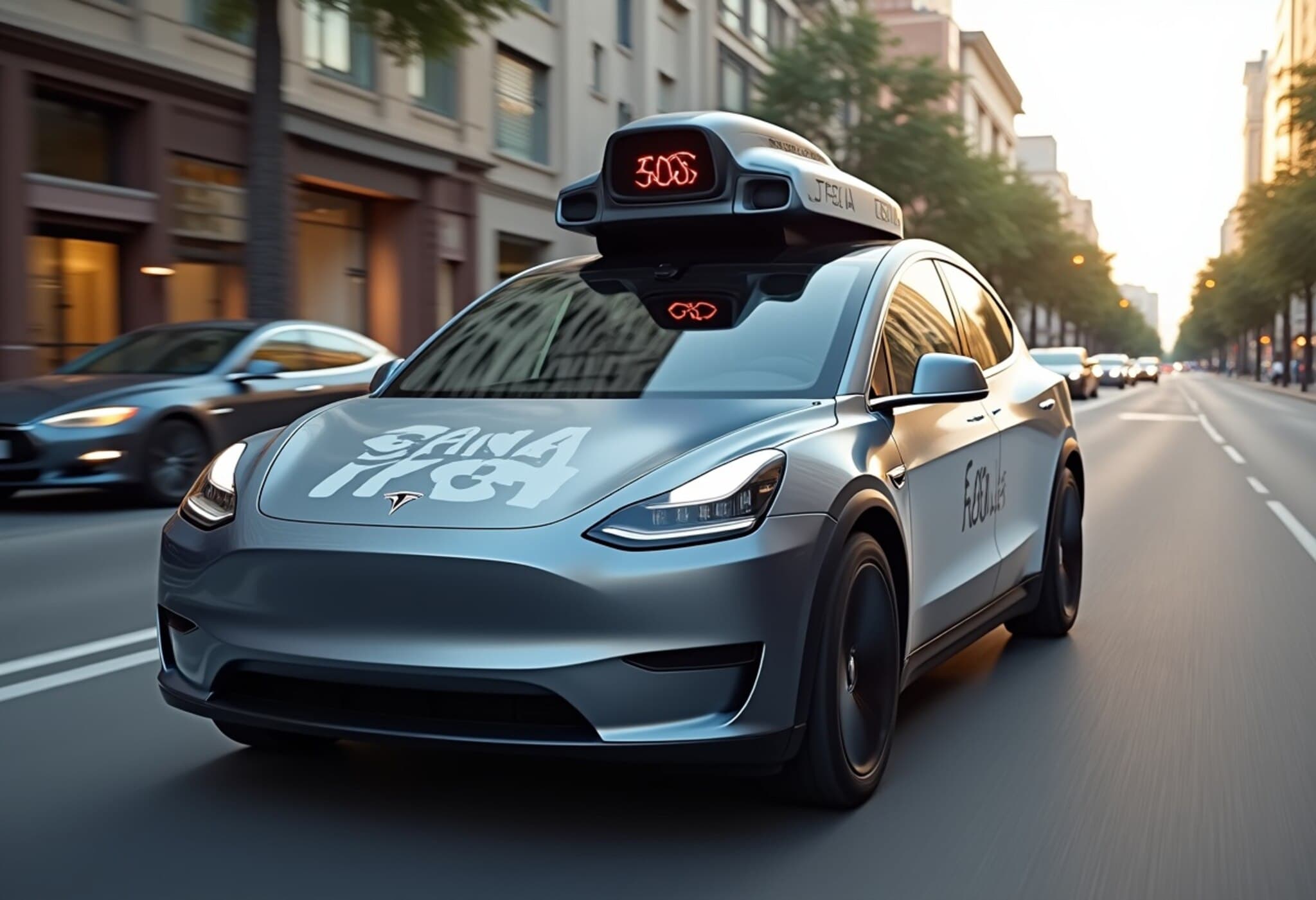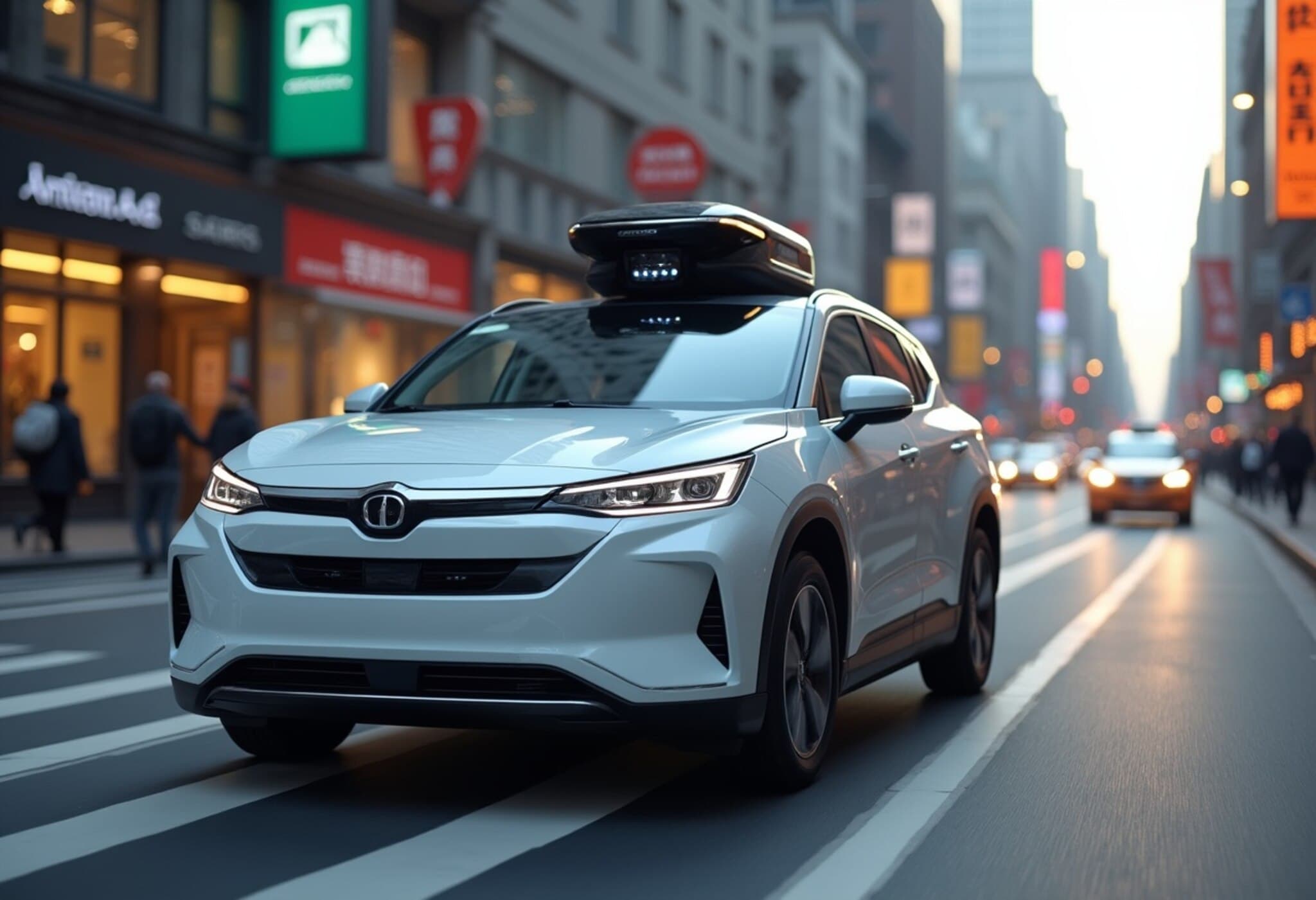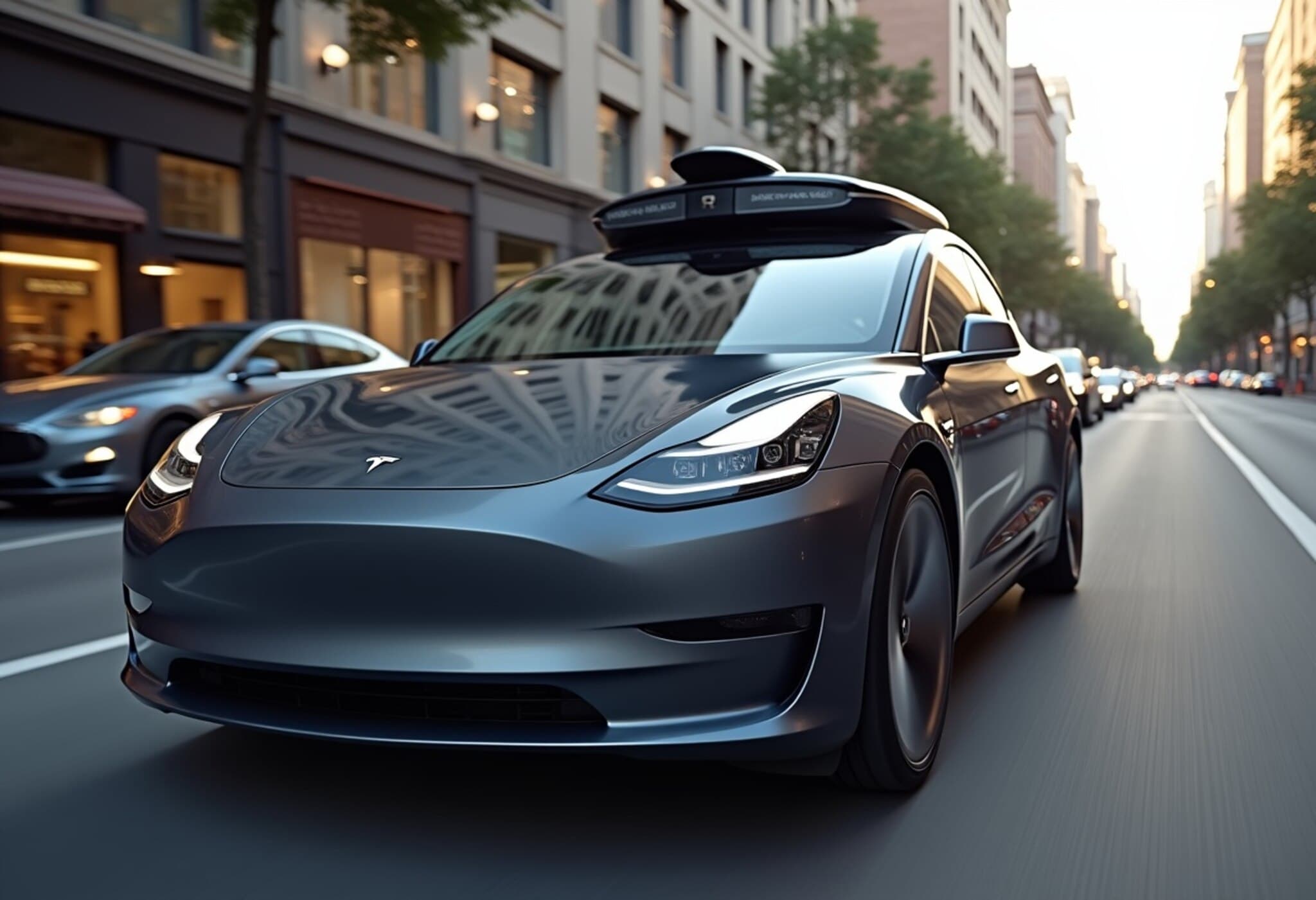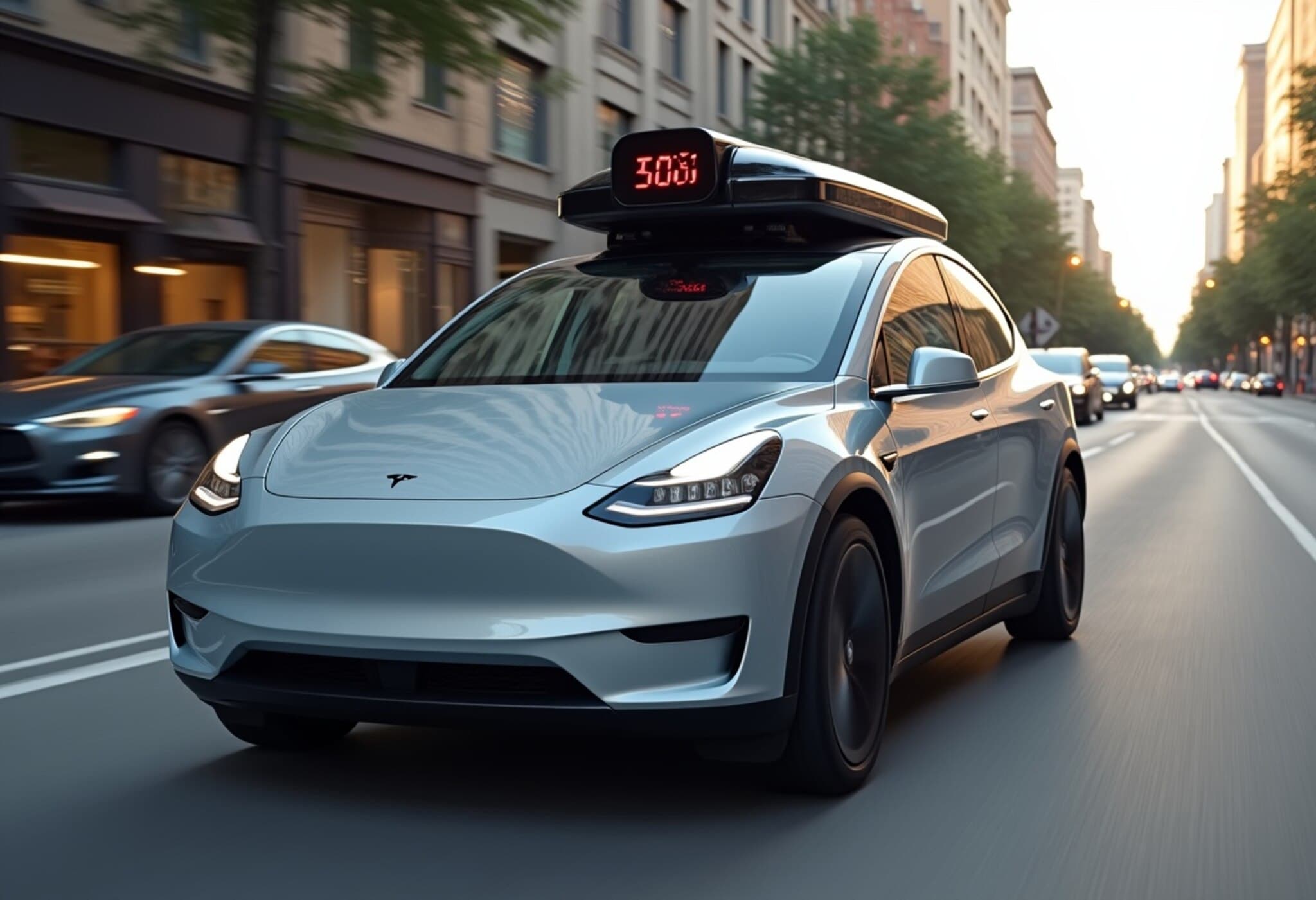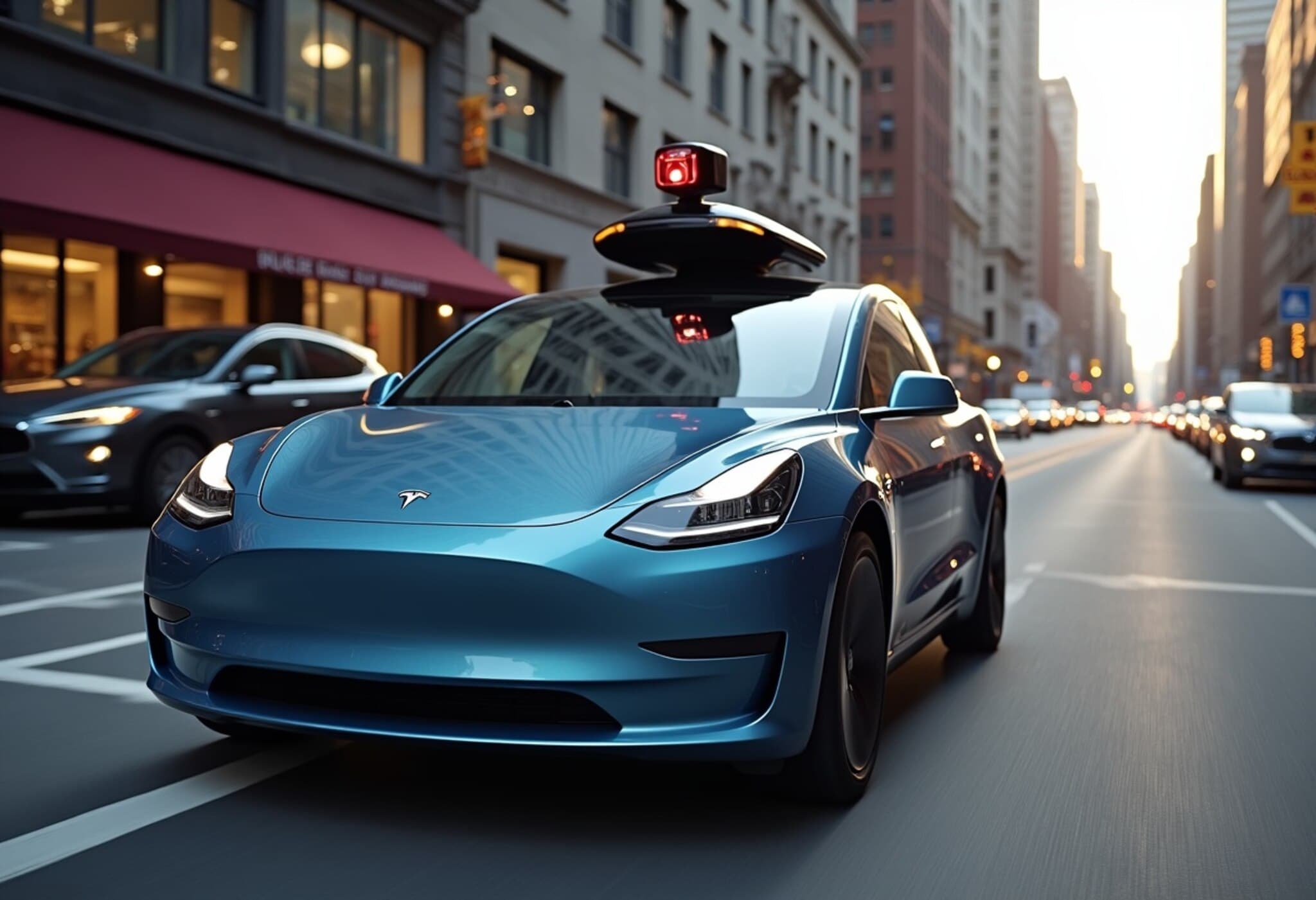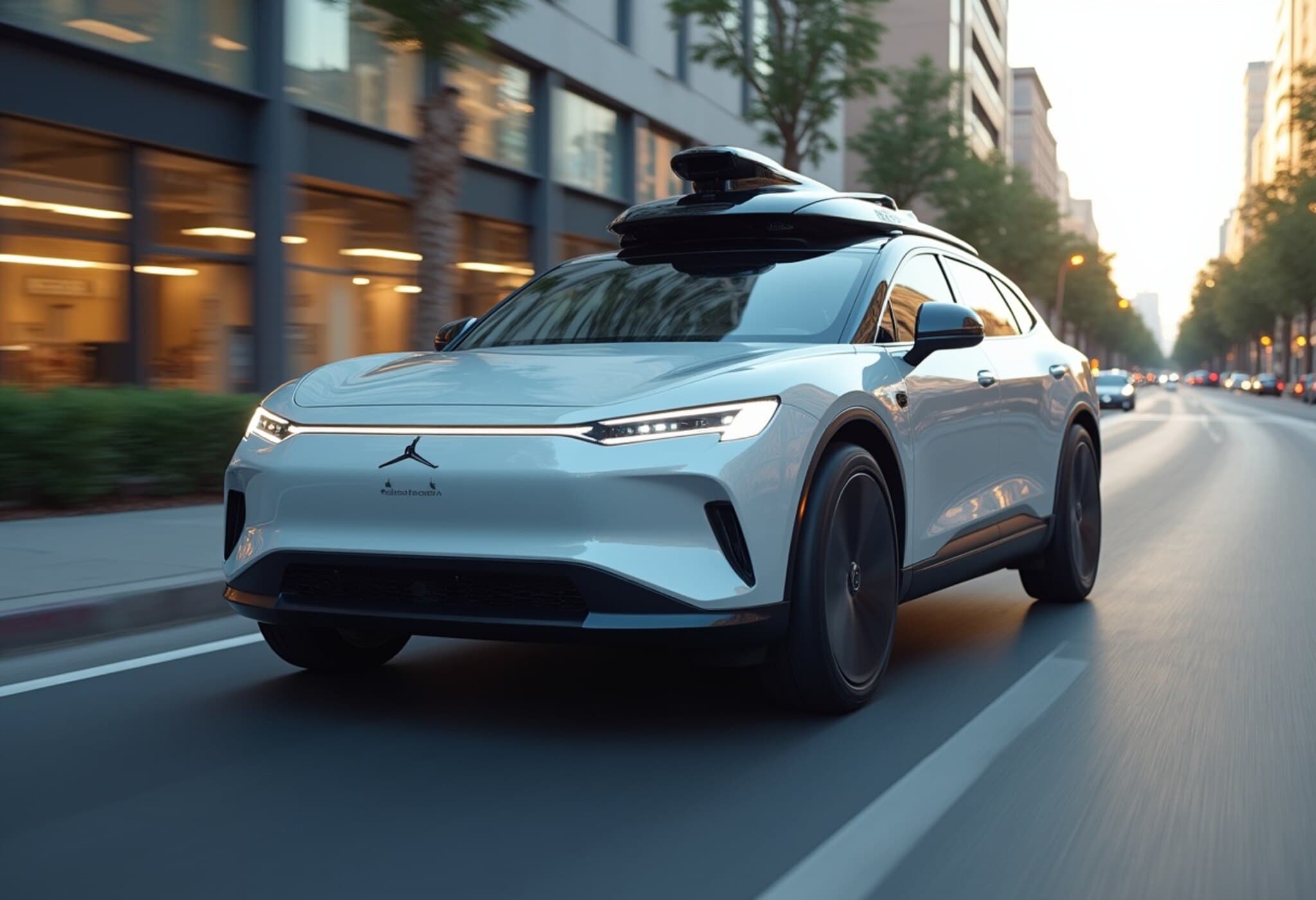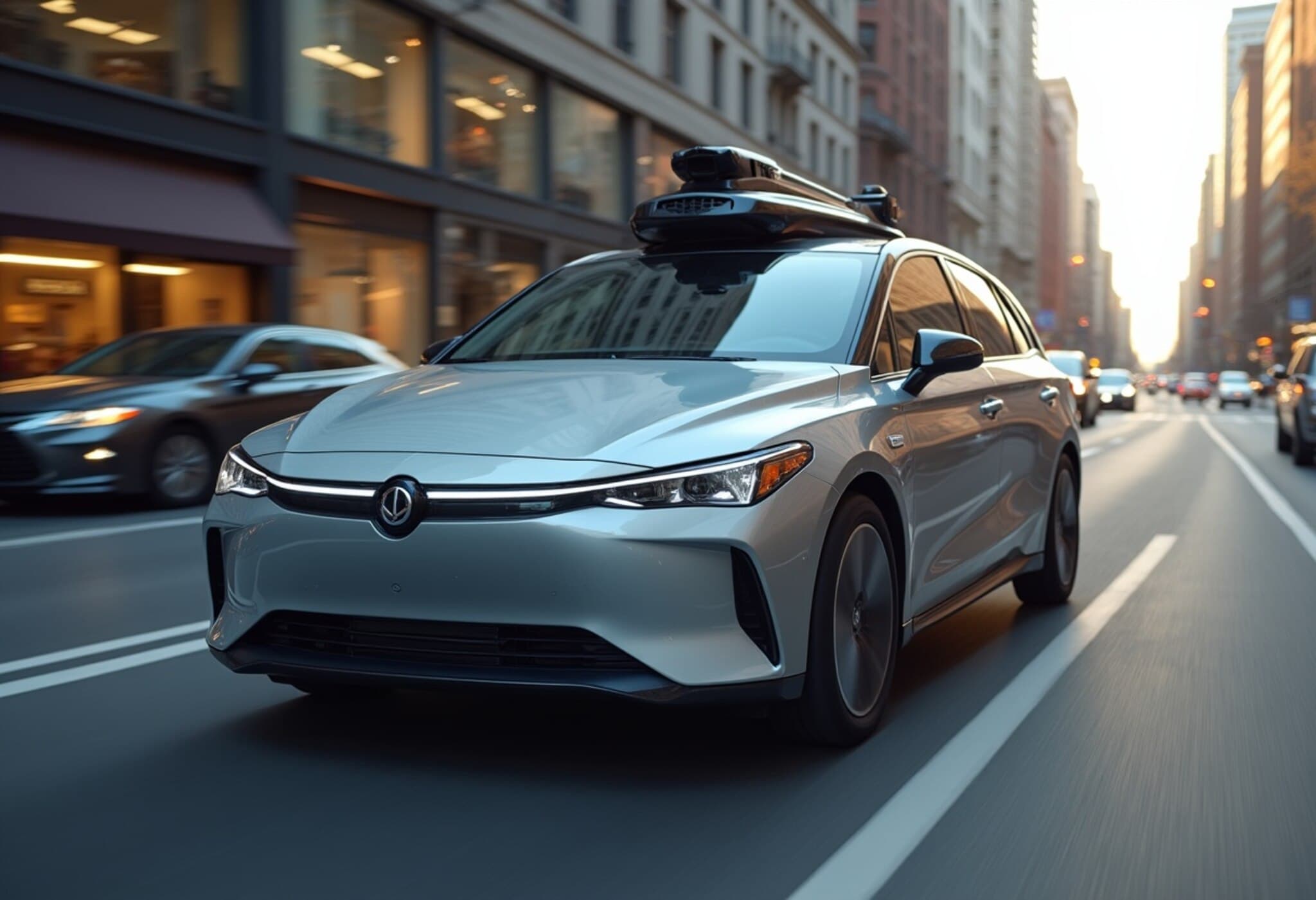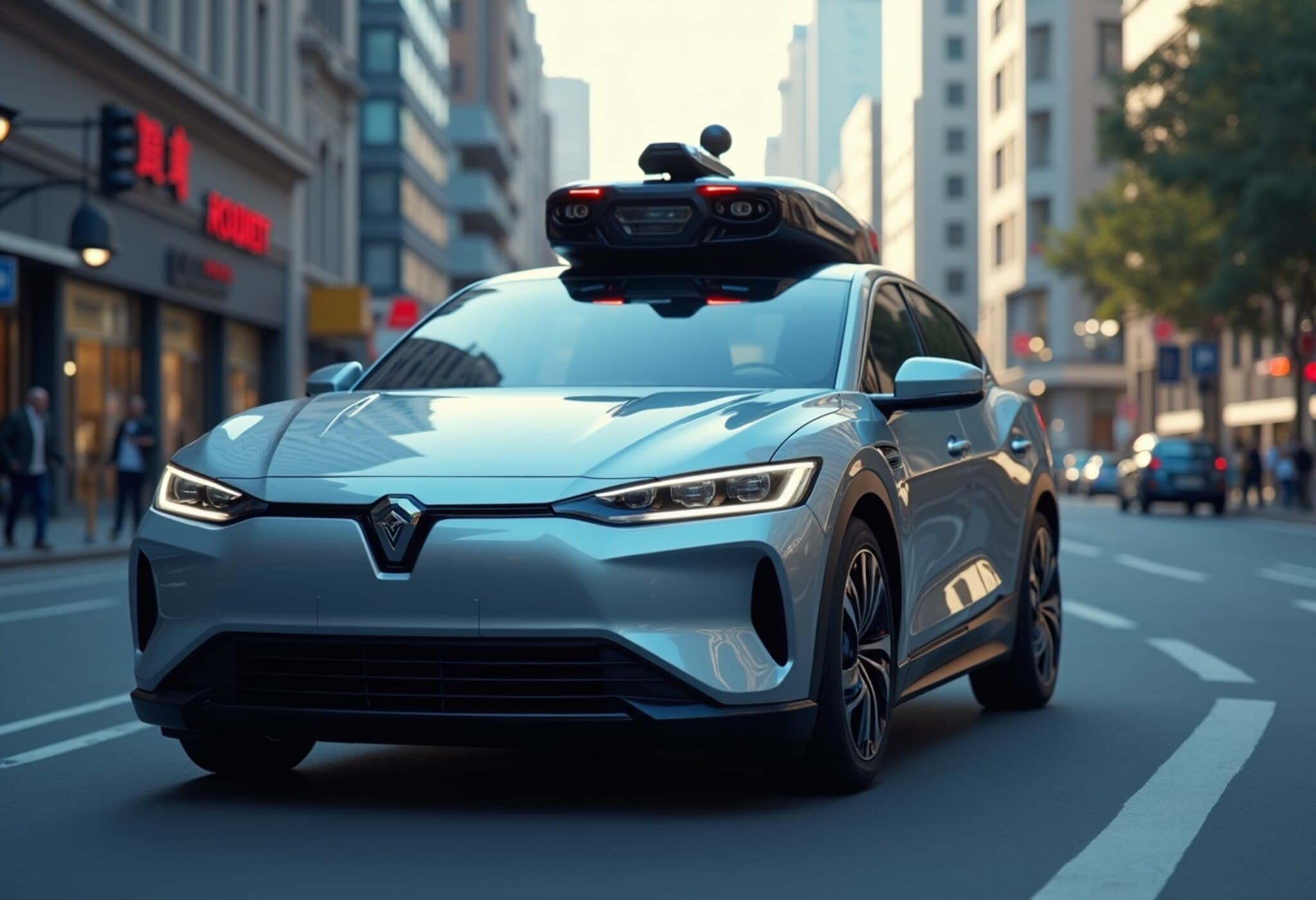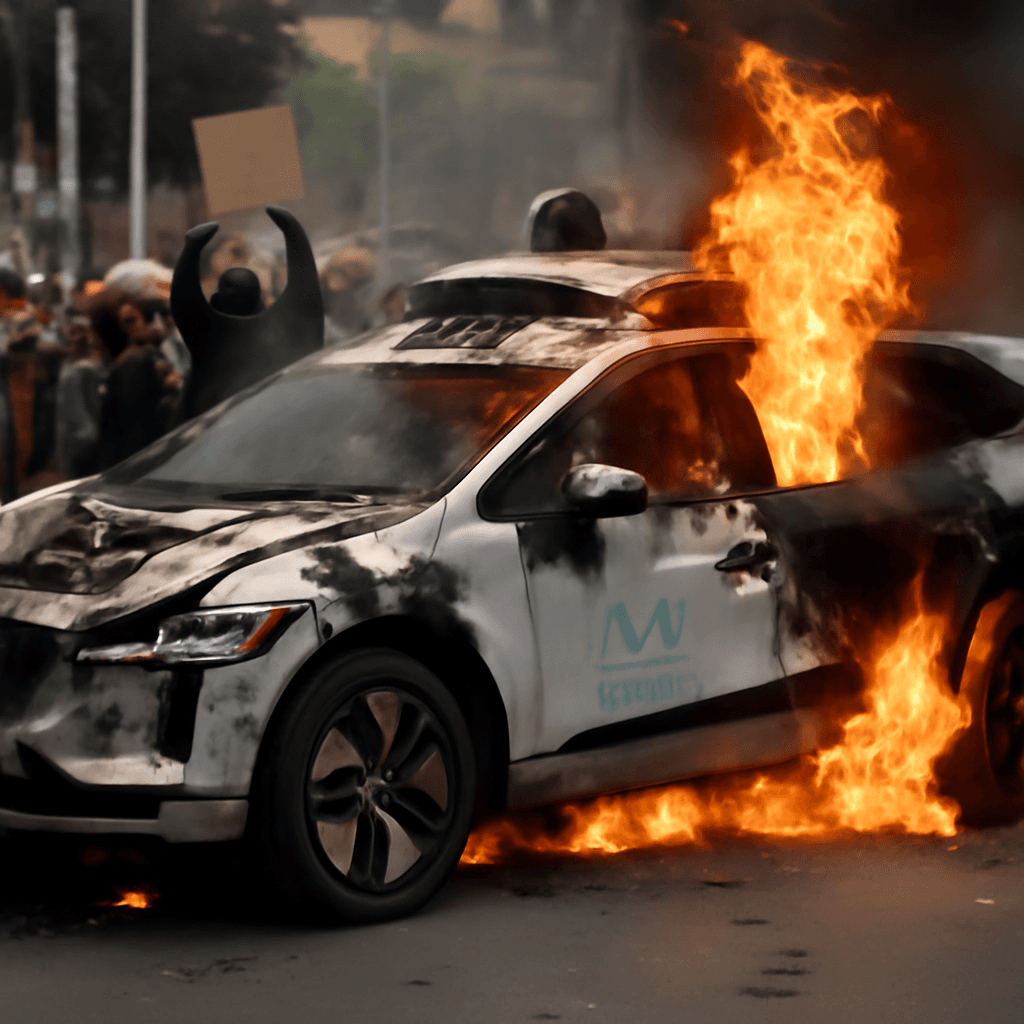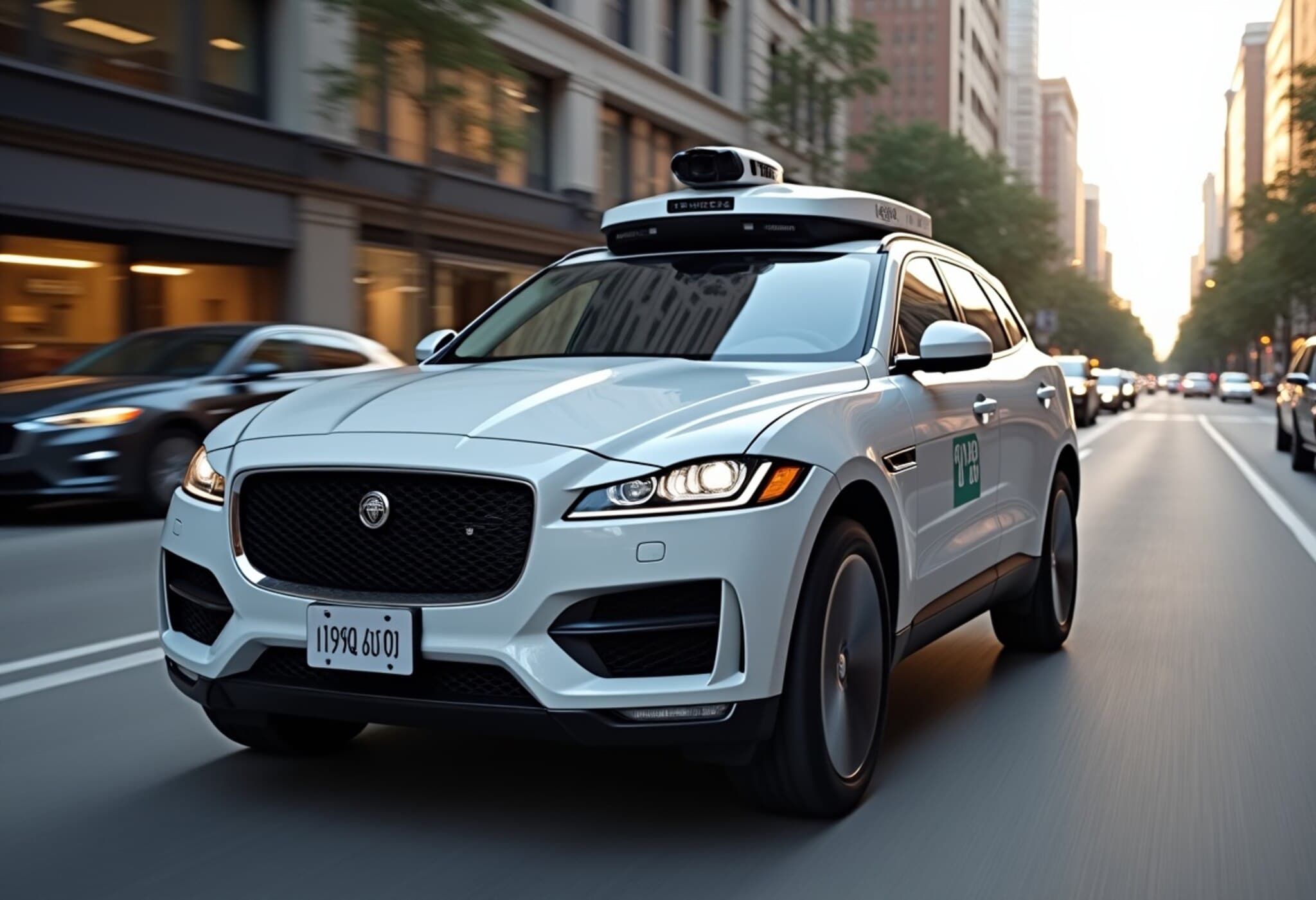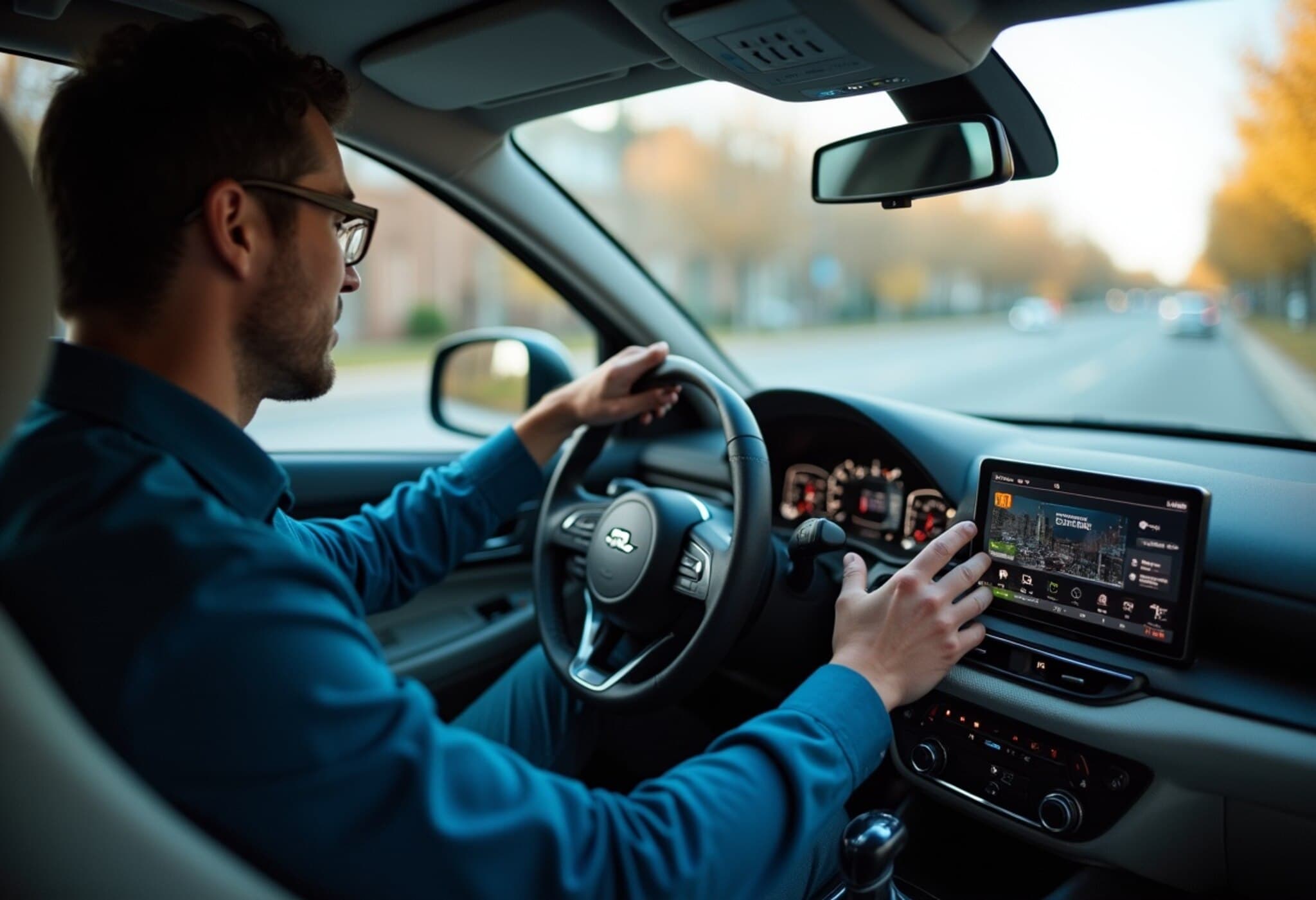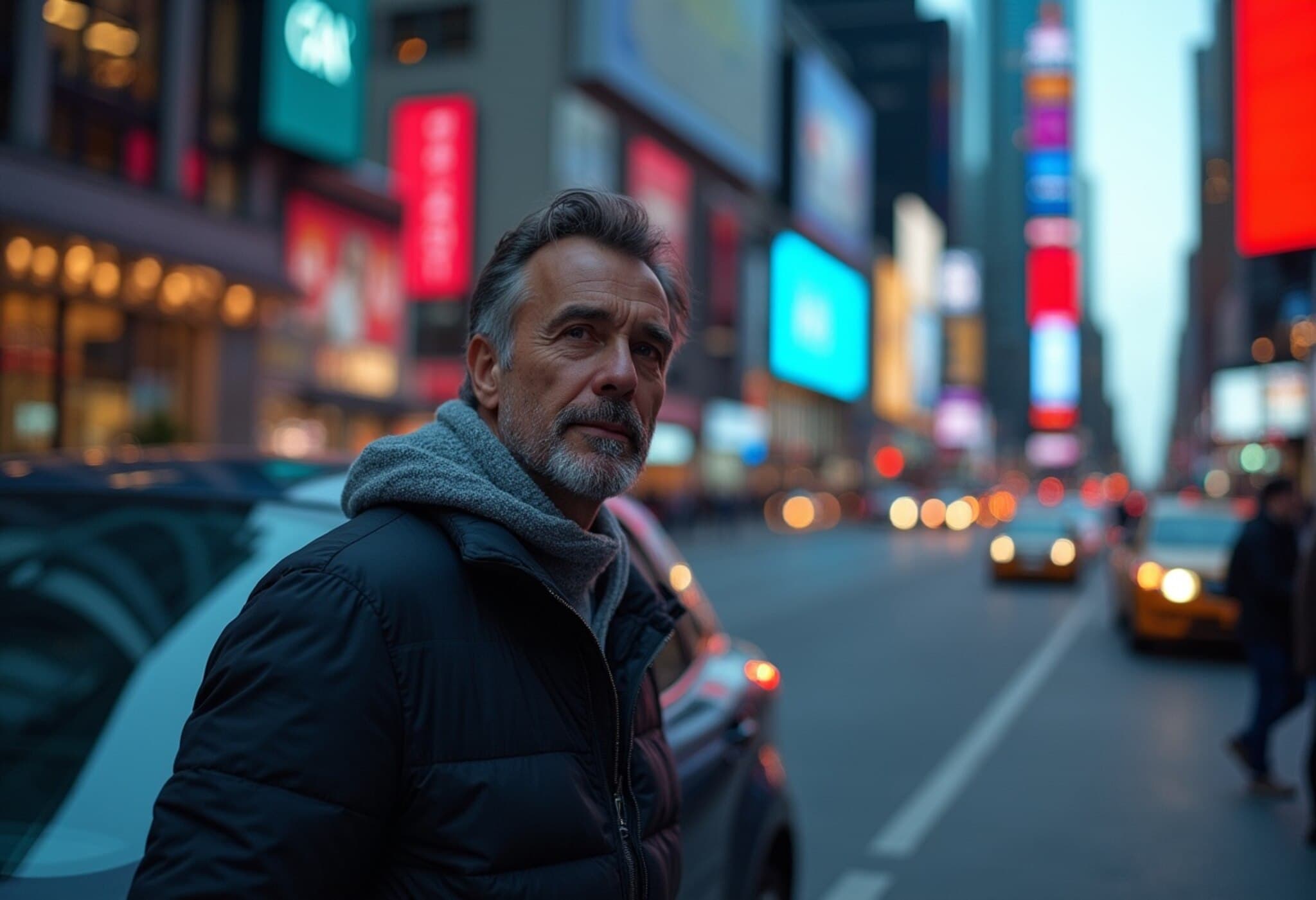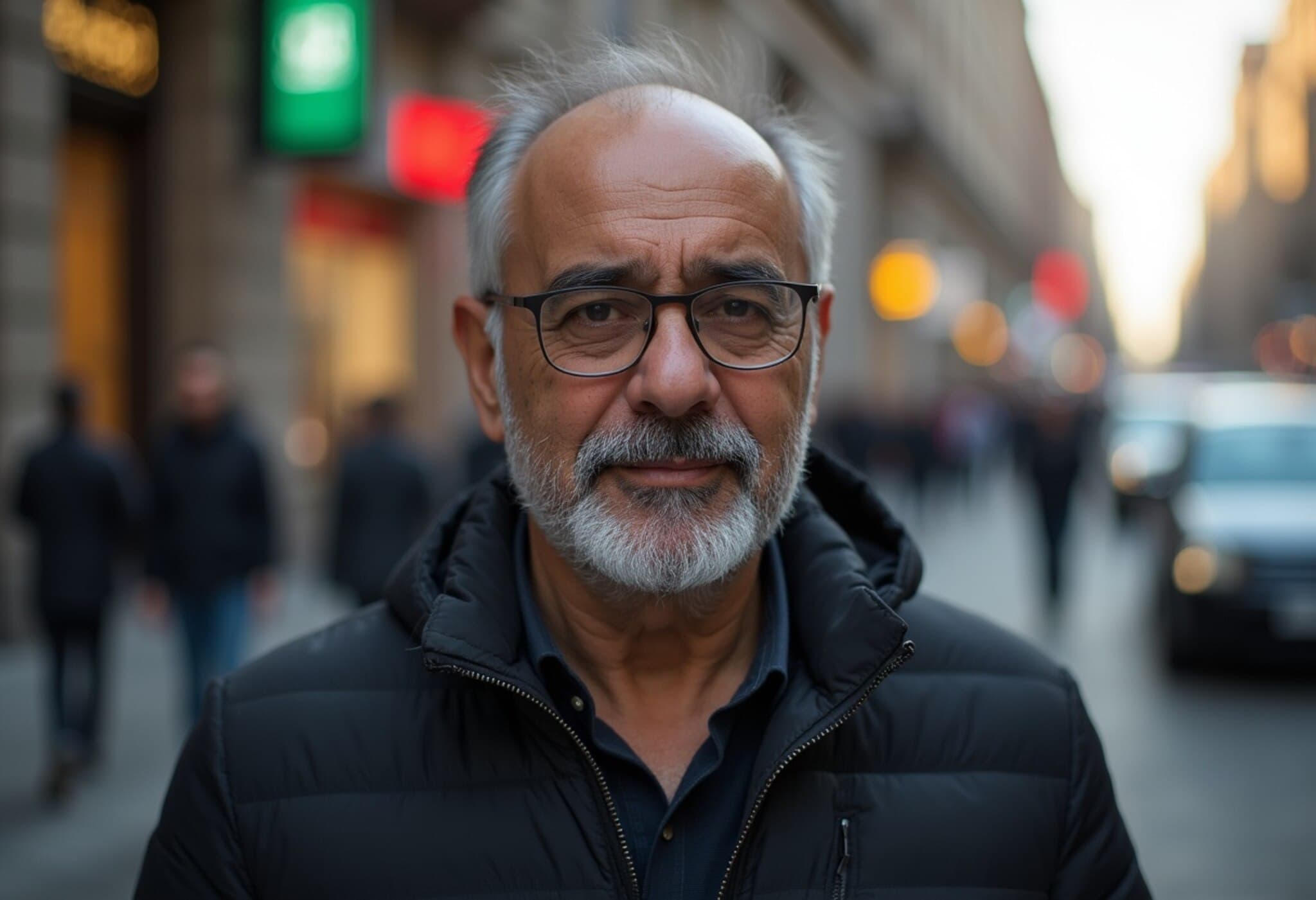Tesla Eyes Phoenix for Robotaxi Expansion, Challenging Waymo's Market Share
Following a bold step into the autonomous ride-hailing market in Austin, Texas, Tesla is now aiming to extend its Robotaxi ambitions to the Phoenix metro area. This move places Elon Musk's automaker in direct competition with Waymo, Alphabet's self-driving pioneer, which has established itself as the dominant player in Arizona's driverless taxi scene since 2020.
Regulatory Approval in Progress
According to a spokesperson from the Arizona Department of Transportation, Tesla has formally applied to test and operate autonomous vehicles, both with and without safety drivers, in Arizona. A decision on Tesla's application is slated for the end of July 2025. Tesla's interest in the Phoenix market signals its desire to capture a share of the growing autonomous mobility sector in a state known for its expansive urban sprawl and car-centric culture.
From Austin to Arizona: Building a Robotaxi Network
In June 2025, Tesla began piloting its Robotaxi service in Austin, deploying Model Y SUVs equipped with its latest Full Self-Driving (FSD) software. Each ride currently includes a human safety driver seated beside passengers, poised to intervene if needed. A remote operations center oversees fleet activity, aiming to blend hands-off driving with strict safety oversight during these early stages.
However, Tesla's pilot has not been without its challenges. Videos surfaced showing Robotaxis involved in minor collisions and occasional traffic violations, raising concerns among regulators and industry watchers alike. The National Highway Traffic Safety Administration (NHTSA) has reportedly taken an interest in these incidents, underscoring the delicate balance companies face when pioneering autonomous technologies in public spaces.
Waymo’s Head Start and Differing Philosophies
Waymo began offering public driverless taxi rides in Phoenix back in 2020, and currently operates a fleet of approximately 400 robotaxis in the area. Unlike Tesla, which mainly relies on cameras, Tesla's critics point to its choice to eschew expensive sensors like lidar, favoring a vision-based approach to autonomy. While Tesla touts this as a path to commercial viability through cost-effectiveness, experts debate whether this makes their system safer or more prone to errors.
Looking Ahead: Tesla's Strategic Expansion Plans
Beyond Arizona, Elon Musk has indicated plans to roll out the Robotaxi service in the San Francisco Bay Area within the next few months, despite ongoing legal challenges. In 2022, Tesla faced a lawsuit from the California Department of Motor Vehicles alleging misleading claims concerning its self-driving capabilities. This legal scrutiny adds another layer of complexity as Tesla pushes forward with its ambitious automation goals.
Market analysts anticipate that Tesla's upcoming earnings call, scheduled for July 23, will shed light on the progress and future trajectory of the Robotaxi program. Industry observers will be watching closely to see how Tesla addresses both technical hurdles and regulatory scrutiny as it strives to catch up with market leaders.
Expert Commentary: Navigating the Road Ahead for Robotaxis
Arizona's relatively permissive attitude toward autonomous vehicle testing has made it a hotspot for innovation—but it also magnifies the stakes. The state's warm climate and wide roads offer ideal conditions, yet public acceptance hinges on demonstrable safety and reliability. As Tesla scales up, the company must reconcile its rapid deployment strategy with the nuanced demands of comprehensive safety validation—a challenge critical to maintaining consumer trust and regulatory support.
Furthermore, the competition between Tesla and Waymo is emblematic of broader industry tensions between cost-driven camera-centric models and sensor-rich systems favored by rivals. The outcome of this rivalry could shape not just local markets but the future architecture of autonomous driving technologies across the United States.
Editor’s Note:
- Tesla’s expansion into Phoenix marks a significant milestone in the robotaxi race, yet safety concerns and regulatory scrutiny persist.
- The differing technological philosophies of Tesla and Waymo highlight a pivotal debate in autonomous vehicle design.
- As Tesla pushes forward, maintaining public trust through transparent safety measures remains paramount.
- Will Tesla’s vision-only approach ultimately prevail in a market increasingly focused on reliability and safety?
For readers, this developing story offers a front-row seat to the unfolding transformation of urban mobility and its legal, technological, and societal implications.

